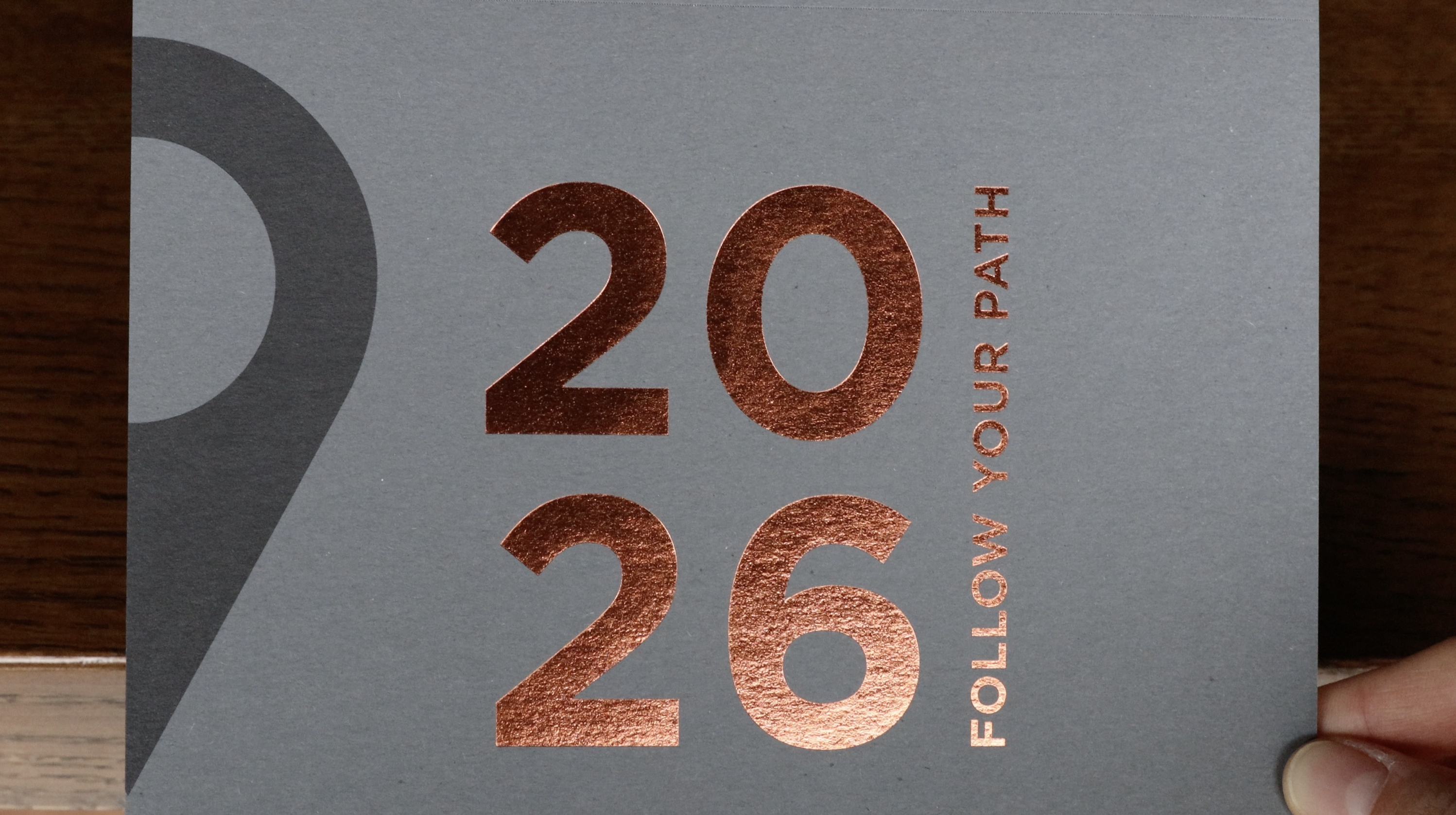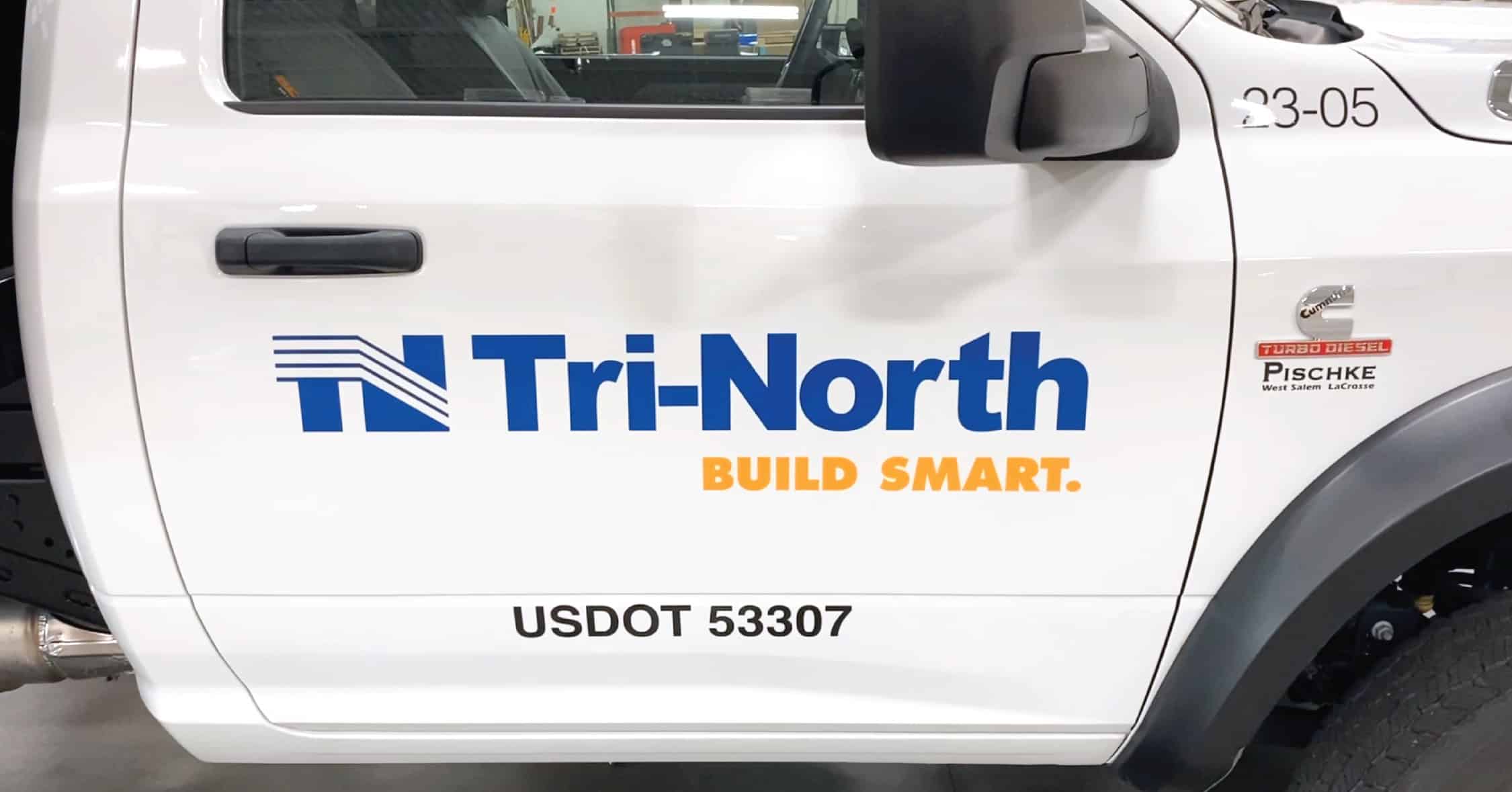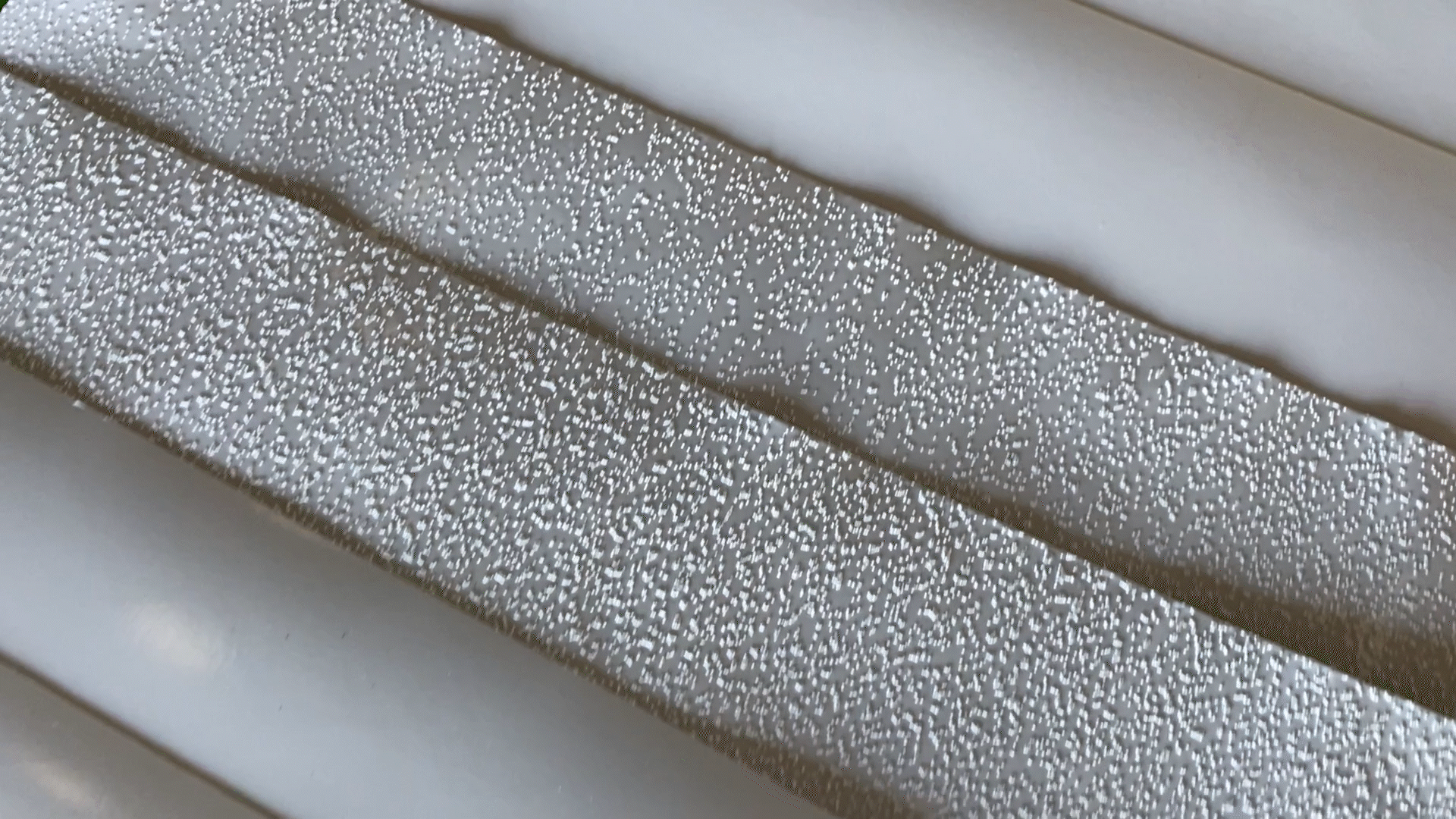
Menu
Menu
At Thysse, our expansive adhesive vinyl portfolio is tailored for a wide range of applications—from wall graphics and equipment wraps to cut lettering, floor graphics, and promotional displays. These solutions are engineered to meet diverse design and functional requirements, with each type developed through specific production methods that deliver unique benefits. Let’s take a closer, more technical look at our offerings.
Wall Vinyls:
Wall vinyls are formulated with a pressure-sensitive adhesive and a smooth, flexible film that conforms to vertical surfaces. Typically produced using a calendaring process, these vinyls maintain a consistent thickness and a refined finish (matte or semi-gloss) that helps smooth out underlying wall textures. Their design enables easy repositioning during application and often includes UV-resistant coatings to protect against fading in well-lit environments.




Equipment & Vehicle Wrap Vinyls:
Typically produced as cast vinyls, vehicle wrap vinyls are manufactured using a process that yields a thin, highly conformable material. The cast process involves pouring the vinyl solution onto a substrate, which creates a film that easily adapts to the complex curves and contours of vehicles. This method results in excellent clarity, color stability, and durability—even under harsh outdoor conditions—while minimizing the risk of cracking, peeling, or fading.

By understanding the technical aspects and production methods behind these vinyl categories, marketing and procurement professionals can make informed decisions that balance visual impact, durability, and cost efficiency.
Vinyl substrates generally fall into two categories:
Calendared Vinyl:
Manufactured using a roll-to-roll calendaring or “squeezing” process, calendared vinyl exhibits a thicker but highly uniform profile, but with reduced conformability compared to cast vinyl. This production method makes it an economical choice, well-suited for flat or gently curved surfaces where extreme flexibility isn’t required, such as typical promotional displays and everyday signage.
Cast Vinyl:
Crafted using an advanced casting process, cast vinyl is produced by pouring a liquid vinyl compound onto a substrate to form a thin, highly conformable film. This method yields a material that is exceptionally durable and dimensionally stable, making it ideal for high-precision applications like vehicle wraps—where a flawless finish and long-lasting performance are essential.
For marketing and procurement professionals, understanding the cost-benefit trade-offs between calendared and cast vinyl is essential for making informed, budget-conscious decisions.
Design Flexibility:
The variety of textures and finishes—from matte and glossy to textured surfaces—allows creative teams to tailor designs that align perfectly with brand strategy.
Rapid Campaign Deployment:
With so many time-tested vinyl options, marketing campaigns can be developed and implemented swiftly, ensuring your brand initiatives remain agile in competitive markets.

Adhesive vinyls—whether applied as wall graphics, cut lettering, standard displays, floor graphics, or wraps—offer a robust and versatile solution for brand expression. By choosing between calendared and cast vinyl based on your project’s specific requirements, you can achieve an optimal blend of visual impact and cost efficiency. At Thysse, we are dedicated to supporting your strategic objectives with expert guidance, comprehensive in-house design services, and advanced inventory management solutions.
If you have any questions or need further guidance on how adhesive vinyls can be tailored to your project, our experts are here to help! Reach out today—or explore our growing library of resources.